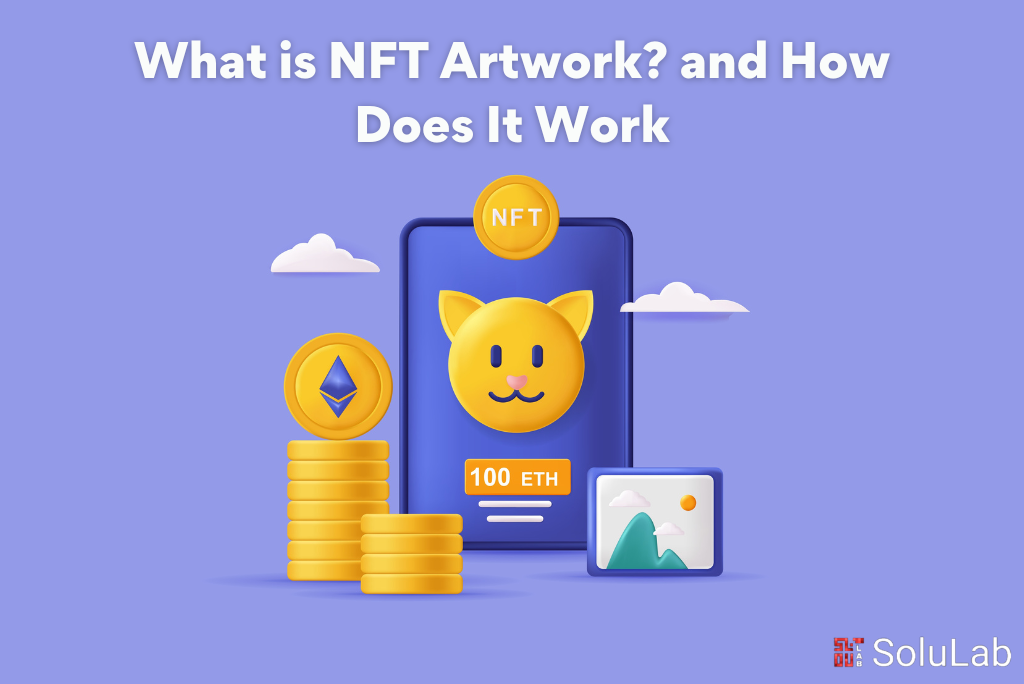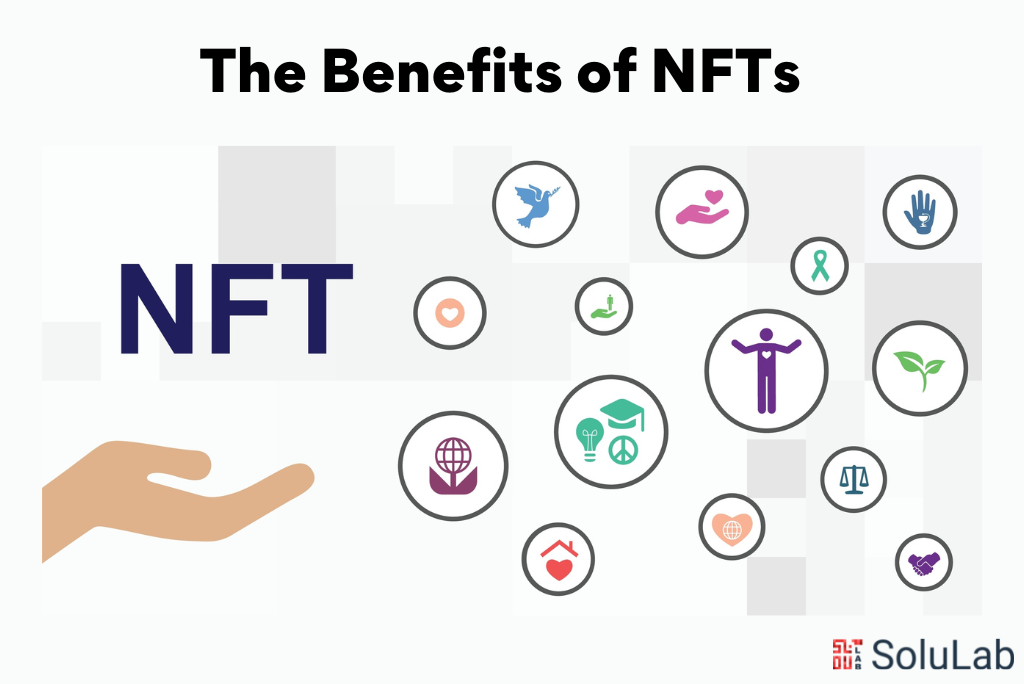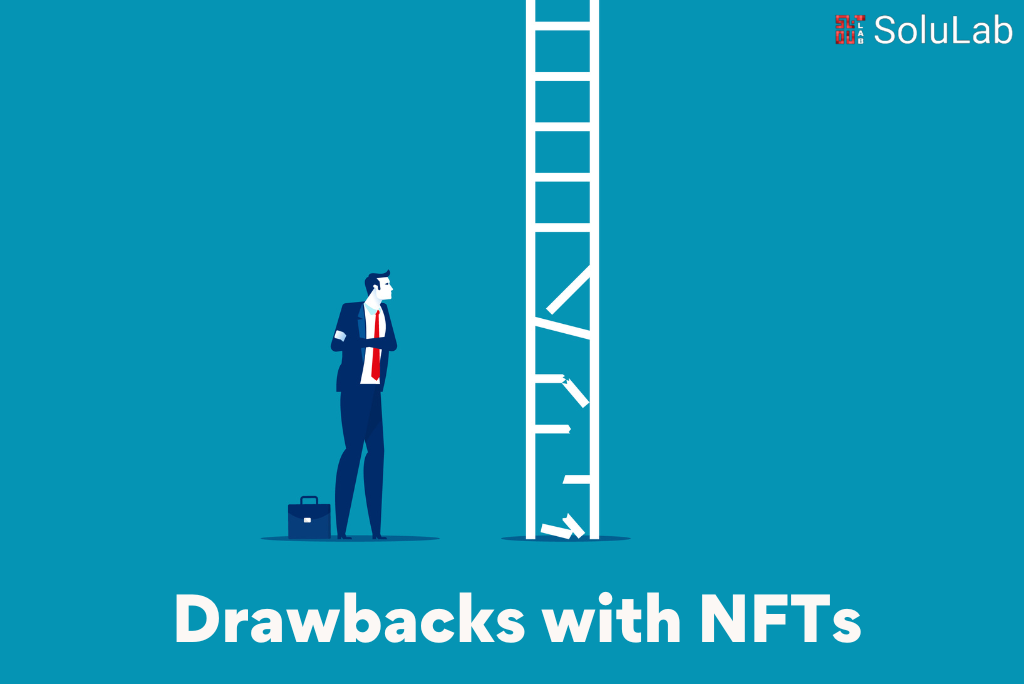
Non-Fungible Tokens (NFTs) are the digital assets that are kept on a blockchain, to put it simply. NFTs, in contrast to conventional cryptocurrencies, which are frequently exchanged on decentralized exchanges, reflect ownership of certain goods like digital artwork, in-game stuff, music, and even physical assets like real estate. The NFT art marketplace is being discussed because it provides a new method for storing value and taking part in the globalized era. Even though NFT usage is still in its infancy, certain NFTs are fetching millions of dollars.
We’ll explain NFTs to you today, including how they operate, whether they’re a good fit for you, and their potential disadvantages.
How does NFT Artwork work?
A sort of digital asset known as NFT enables true ownership of virtual goods. Utilizing blockchain technology, NFTs are produced. Because each blockchain is distinct and offers a public trace of ownership, it inhibits counterfeiting by giving the asset rarity and worth.
This makes it possible for items like voice recordings, collectibles, and digital art (with file formats like JPG, GIF, or PNG) to be owned & traded in a manner that is akin to the real world. NFTs, however, can be intrinsically dangerous. An asset’s blockchain is distinct, but the actual asset can be replicated. A piece of NFT art, for instance, is prized because of the distinctiveness the blockchain lends it. However, anyone who has internet access and can read the NFT also can right-click the image and copy it.
Although NFTs have a sizable following, their usefulness is called into doubt by the fact that a number of their key elements are easily replicable. As with any kind of art, creators interested in working with NFTs should research their audience and the market.
NFTs offers a number of significant advantages concurrently. The ability to develop NFTs using smart contracts is among the most crucial features for creators. An artist only earns money from the initial sale of a traditional work of art when it is sold on the open market. Through NFT smart contracts, one creator can get a cut of every transaction the NFT completes. Use an exclusive NFT marketplace that allows them in order to make, purchase, or sell an NFT. A digital identity of ownership that is kept on the blockchain is given to you when you buy an NFT. Then you have the option to keep it, exchange it, and even sell it.
Read more: 6 Tips to Promote Your NFT Art
The benefits of NFTs

There are many solid reasons to develop and buy these digital assets, whether you are interested in NFT art as an investor, a creator, or an art enthusiast.
-
Unique and collectible
A blockchain, a decentralized ledger that keeps track of transactions, is where NFTs are kept. Because of the blockchain’s underlying coding, NFTs cannot be completely duplicated. Although an NFT’s worth is arbitrary, some have been traded worth thousands of dollars or even more because of their scarcity.
-
Resellable
NFTs can be traded and sold. Owners can either exchange their NFTs with other NFT owners in order to build up a collection of art including digital assets, or they can sell their NFTs to third parties.
-
Easy to authenticate and verify
Due to the fact that blockchain technology keeps track of all transactions and provides a history & proof of ownership, it is simple to authenticate NFT digital files. Digital records are kept of the actual works.
-
Smart contract royalties
NFTs can be programmed by creators using smart contracts that pay royalties to them when the NFT is sold. When the NFT is created, smart contracts are created and become an immutable part of the NFT’s code. The ability to include royalties in art allows creators to partake in the proceeds of each open market sale, which is a significantly different business model from that of conventional art.
Drawbacks with NFTs

NFTs do have several disadvantages. It’s crucial to be informed of any potential hazards while thinking about NFTs.
-
It’s a volatile market
The NFT marketplace is unpredictable and prone to abrupt change. Even when there are trends & people have made a profit selling NFTs, their value can change drastically at any time.
-
You might not sell your art right away
There is no assurance that an artist selling NFT work will quickly locate a customer. Before somebody is ready to pay for your work, interest in it may need to grow over time. It’s simple to locate articles about NFTs selling worth thousands of dollars in a matter of minutes. However, not every digital asset available on the market operates in this manner. The perception of your NFT’s quality and how effectively it is advertised will have a major impact on how quickly it sells.
-
It’s still a confusing concept for many
For many people, the concept is still unclear. In fact, only 26% of participants in a recent survey correctly identified NFTs when given a multiple-choice question; 12% of respondents believed NFTs to be a type of cryptocurrency. The idea is still gaining ground even if NFT art is valued at billions of dollars. Because individuals are cautious to invest in things they don’t fully comprehend, this lack of comprehension might be a growth constraint.
-
Negative environmental impact
Some people have serious concerns about how NFTs may affect the environment. A significant carbon footprint may be left behind by the labor-intensive procedure of minting an NFT. Emissions of greenhouse gases from the making and selling of NFT art are substantial. This is something you should think about before selling or buying NFTs if you have environmental concerns.
-
Potential for theft and copies
Each digital asset’s blockchain technology prevents copying, but the photos themselves may still be copied.
Conclusion
A new method of selling your artwork is through NFTs. A digital asset that can be purchased, traded, or transferred on the open market can be created by establishing an NFT. NFTs may transform how we engage with digital content, but their potential applications are still being investigated. When working on digital artwork or NFT projects, you might be required to outsource some of your jobs. There are independent contractors who can help, which is fantastic news. Check out the skilled individuals providing NFT services, including creating and minting NFTs.




